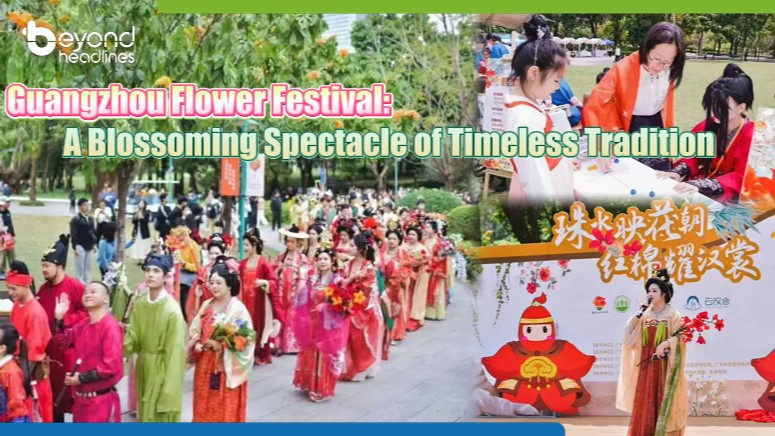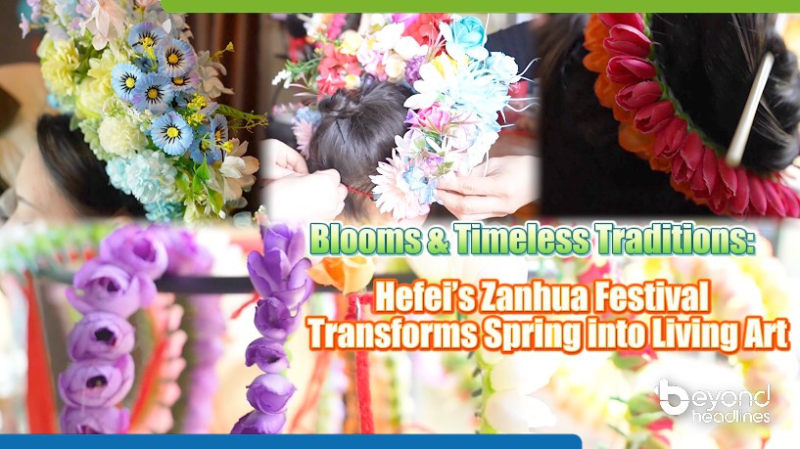Wow, the Miao embroidery and ethnic costumes here are lovely!
There are many veteran embroiderers on the market showing how to do the traditional crafts and Miao embroidery. They wear ethnic costumes while creating Miao embroidery on-site.
These embroidery products are no ordinary ones which you can find in average markets. The ethnic costumes and embroidered patches here are fashionable yet still retain the ethnic charm.
This is “Intangible Cultural Heritage Market of Miao and Dong Customs Park” in Kaili County of Guizhou which has become a major icon for marketing local tourism destinations there. It’s also an attempt to explore mutually beneficial cooperation between intangible cultural heritage and tourism.
As a national-level intangible cultural heritage inheritor of Miao embroidery in China, Pan Yuzhen is an "internet-famous grandma" at the market. She has previously worn Miao costumes and showcased Miao embroidery at Paris Fashion Week and Milan Fashion Week. She is equally popular in her hometown Guizhou and her biggest wish is to pass on the arts of Miao embroidery from generation to generation.
Guizhou is rich in tourism and intangible cultural heritage resources. The various ethnic minorities have created rich and diverse intangible cultural heritage. The prevalence of intangible cultural heritage also provides a good foundation for the development of local tourism.
Nowadays, intangible cultural heritage is regarded as the main carrier to display ethnic groups’ history, culture and social lifestyle, and an important tourism resource to promote regional development.
The market here contained more than 6,000 intangible cultural heritage handmade products such as embroidery and silver jewelry. Many shop owners also carry out live broadcasts to expand sales while promoting intangible cultural heritage. After the market reopened in September 2023, the number of shops has increased to more than 480, with a turnover of nearly RMB 12 million, attracting more than 120,000 tourists from all over the world.
At present, more than 2,000 intangible cultural heritage poverty alleviation employment workshops have been established across China, leading to more than 2,200 intangible cultural heritage projects, training nearly 180,000 people, assisting nearly 500,000 people with employment opportunities, and more than 200,000 households have been lifted out of poverty.












